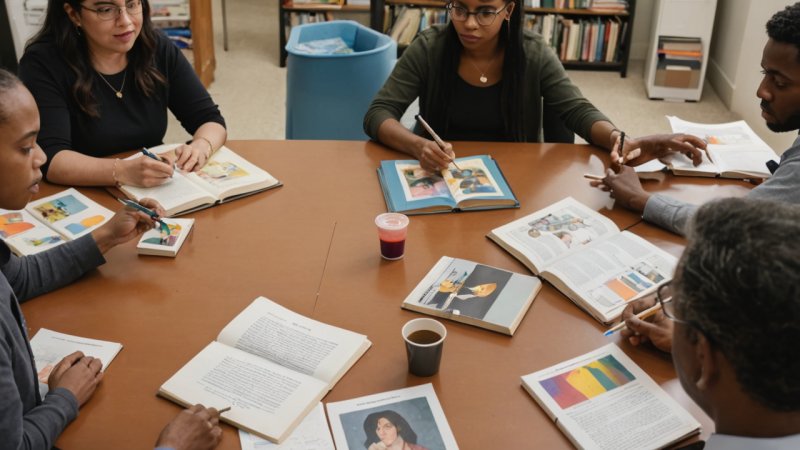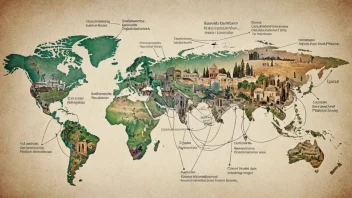Introduction
Conflict is an inevitable part of human interaction, whether in personal relationships, workplaces, or international diplomacy. Understanding how the humanities can inform conflict resolution strategies is essential for fostering dialogue and creating sustainable solutions. This article will guide you through the steps to incorporate insights from the humanities into effective conflict resolution practices.
Step 1: Understand the Role of the Humanities
The humanities encompass various disciplines, including literature, philosophy, history, and cultural studies. Each of these fields provides unique perspectives on human behavior, ethics, and societal structures. To effectively use the humanities in conflict resolution, start by understanding:
- Human Behavior: Literature and history reveal how individuals and societies react in times of conflict.
- Ethical Frameworks: Philosophy helps in exploring moral dilemmas and ethical considerations in conflicts.
- Cultural Context: Cultural studies emphasize the importance of context in understanding differing viewpoints.
Step 2: Analyze the Conflict
Before resolving a conflict, it’s crucial to analyze its roots. This involves gathering information from various perspectives. Consider the following questions:
- What are the main issues at stake?
- Who are the stakeholders involved?
- What historical or cultural factors may be influencing the conflict?
By conducting a thorough analysis, you can better understand the complexities of the situation.
Step 3: Engage in Active Listening
Active listening is a vital skill in conflict resolution. It involves not just hearing what the other party says but also understanding their emotions and perspectives. Here are some tips for effective active listening:
- Maintain Eye Contact: Show that you are engaged and interested in the conversation.
- Reflect Back: Paraphrase what the other person has said to confirm your understanding.
- Avoid Interrupting: Let the other person finish their thoughts before responding.
Step 4: Foster Empathy
Empathy is crucial in resolving conflicts. By placing yourself in the other person's shoes, you can better appreciate their feelings and motivations. To foster empathy:
- Ask open-ended questions to encourage the other party to share their feelings.
- Share your own feelings and experiences related to the conflict.
- Recognize and validate the emotions of others, even if you disagree with their perspective.
Step 5: Explore Creative Solutions
Using insights from the humanities can inspire innovative solutions to conflicts. Encourage brainstorming sessions where all parties can contribute ideas. Consider:
- Storytelling: Share narratives that highlight common values or experiences.
- Artistic Expression: Use art, music, or drama to explore emotions and perspectives.
- Philosophical Dialogues: Discuss ethical frameworks that can guide decision-making.
Step 6: Implement and Evaluate Solutions
Once a solution is agreed upon, it’s essential to implement it effectively. Ensure that all parties are aware of their roles and responsibilities. After implementation, evaluate the effectiveness of the solution by asking:
- Has the conflict been resolved?
- What challenges arose during the implementation?
- What can be improved in future conflict resolutions?
Conclusion
Incorporating the humanities into conflict resolution strategies can lead to more effective and empathetic outcomes. By understanding human behavior, actively listening, fostering empathy, and exploring creative solutions, you can navigate conflicts with greater skill. Remember, the goal is not just to resolve the conflict but to build understanding and cooperation among all parties involved.






